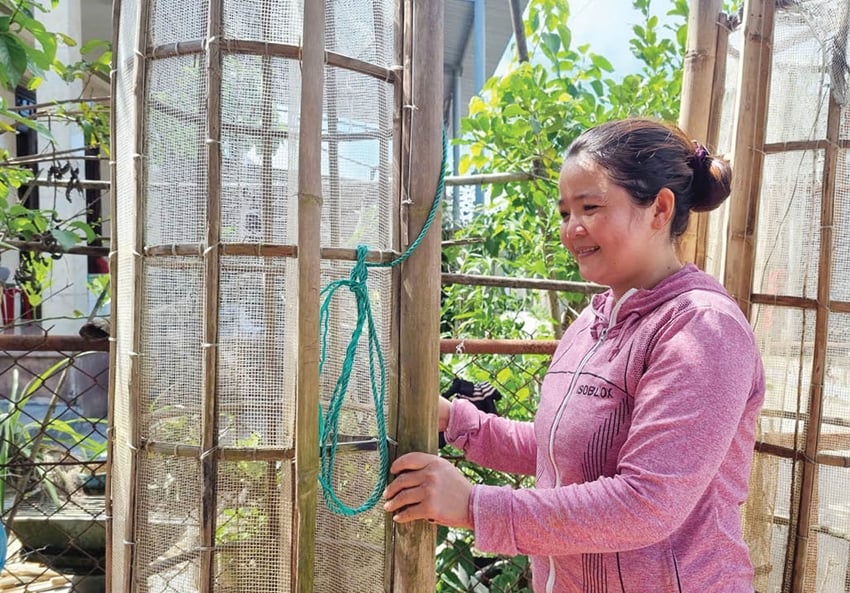 |
| In her spare time, Ms. Be weaves baskets to hold fish. |
Recalling the time when her family was a boat, drifting on the water all year round, Ms. Be said that life was full of difficulties. River water and market rice, worrying about today's meal tomorrow, so hardship and poverty were always there. During the rainy and stormy seasons, the husband, wife and children rowed the boat to the villages to anchor and take shelter. When the water rose and the wind was strong, they had to anchor the boat, lead each other to the shore to find a high place to take shelter, their hearts filled with anxiety, not knowing if the boat, which was all the family's assets, would be submerged or swept away by the flood.
Life initially stabilized when they settled on land, but difficulties continued to pile up. The house was makeshift, damp, and dilapidated. "We have to try our best" - Ms. Be smiled again. So the couple shared hardships, running fishing boats at night on the lagoon, selling fish during the day, and helping the masons.
Every night, when the water level is still, they start their work. “The water level is unpredictable, sometimes at 10pm, but sometimes it is not until 2 or 3am, when the fish and shrimp gather in one place, making it easier to catch,” said Ms. Bé. On moonlit nights, when the moon rises, Ms. Bé and her husband start casting their nets, because that is when the fish are easiest to “close” the net.
Earning a living on the lagoon, Ms. Bé and her husband are “well-versed” in each type of net to apply in production. “A 40mm net is used to catch crabs. A 30 or 35mm net is used to catch silver pomfret and whale fish, a 15mm net is mainly for catfish and “sticky” catfish…”, Ms. Bé shared. Working hard all night, when dawn comes, when the shrimp and fish are “heavy”, they turn the boat back to shore. When Ms. Bé brings the shrimp and fish caught to the market to sell, her husband returns home to prepare to work as a construction worker, continuing a day of earning a living.
Ms. Be said that in one night drifting on the lagoon to cast nets for fish and shrimp, she and her husband earned about a few hundred thousand dong. There were also rare nights when they caught large silver pomfret and bee fish, and were lucky enough to earn a million dong. After many years of hard work, then working for hire to increase their income, saving little by little, Ms. Be and her husband had capital, and with support from their family, they received a transfer of the water surface on the lagoon for aquaculture.
Now, each time "the harvest season comes", Be and her husband invest hundreds of millions of dong in fish and shrimp seeds. Thanks to the accumulated experience and participation in technical training courses, as well as many fishermen who make a living from aquaculture, Be and her husband are confident in the effectiveness of the shrimp, crab and fish farming model, which brings in a very stable income. For the past three years, in addition to catching fish from the wild, Be's family has had income from the water surface that the family manages, stocks and raises. Working hard and saving, Be and her husband have built a spacious and solid house, no longer having to worry about each rainy and stormy season. The economy also has money coming in and going out so they can be proactive in life and production.
Mr. Phan Minh Viet, Chairman of Phu Xuan Commune People's Committee affirmed: Ms. Be's family is one of the typical households in Thuy Dien village in particular and in the commune in general, who have made efforts to escape poverty and become masters of their lives. That spirit of overcoming difficulties has spread throughout the community, motivating many other families in the locality.
Source: https://baothuathienhue.vn/kinh-te/cham-chi-muu-sinh-148346.html


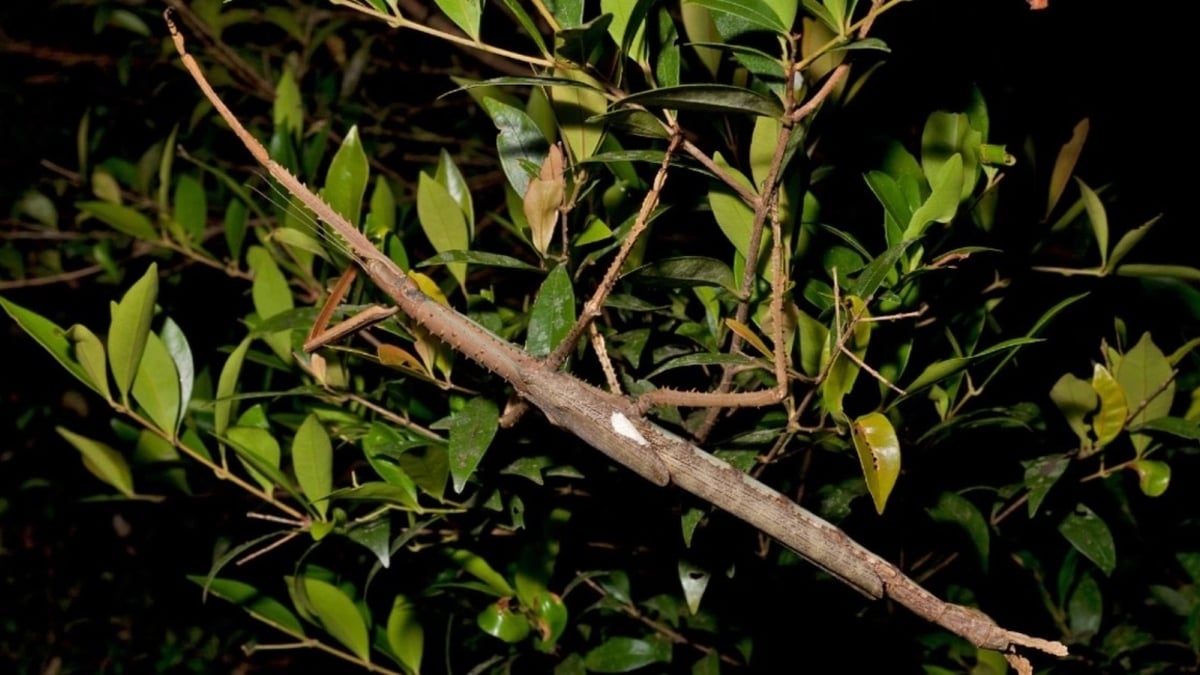
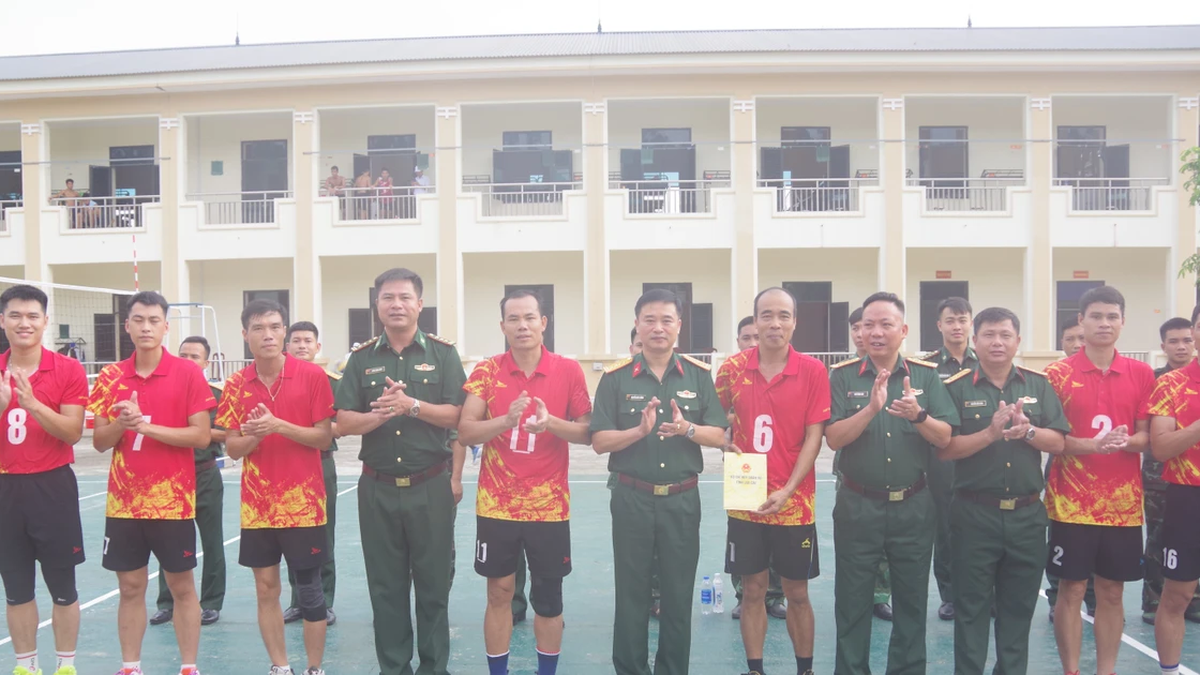
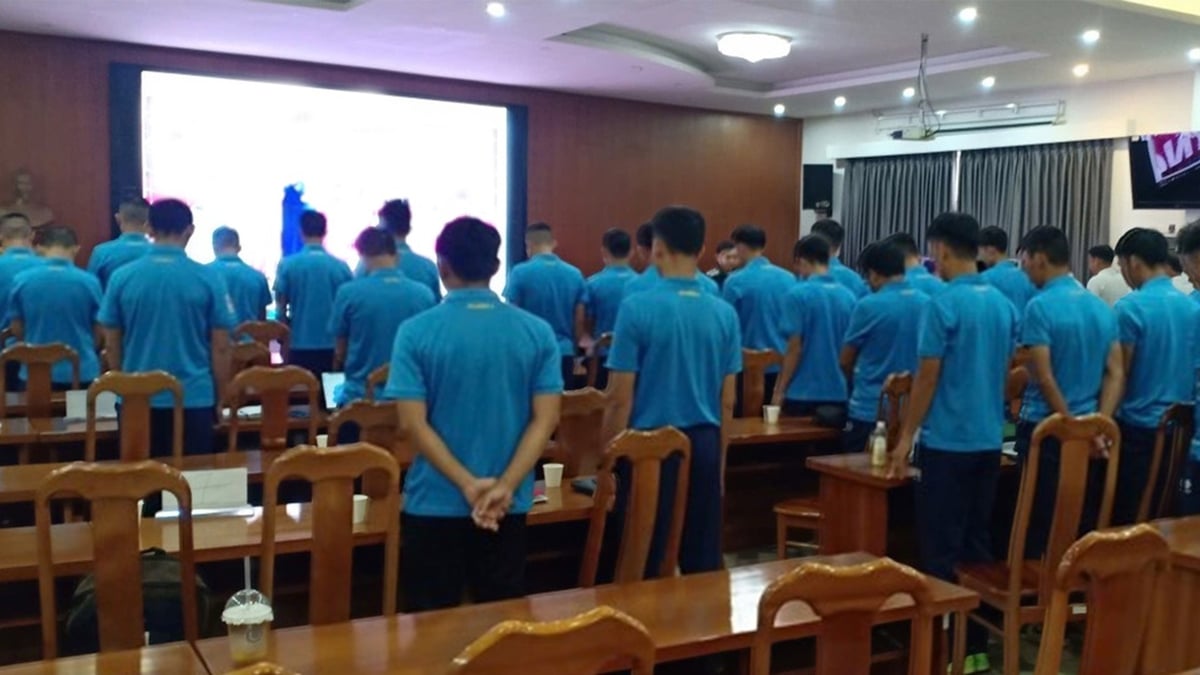
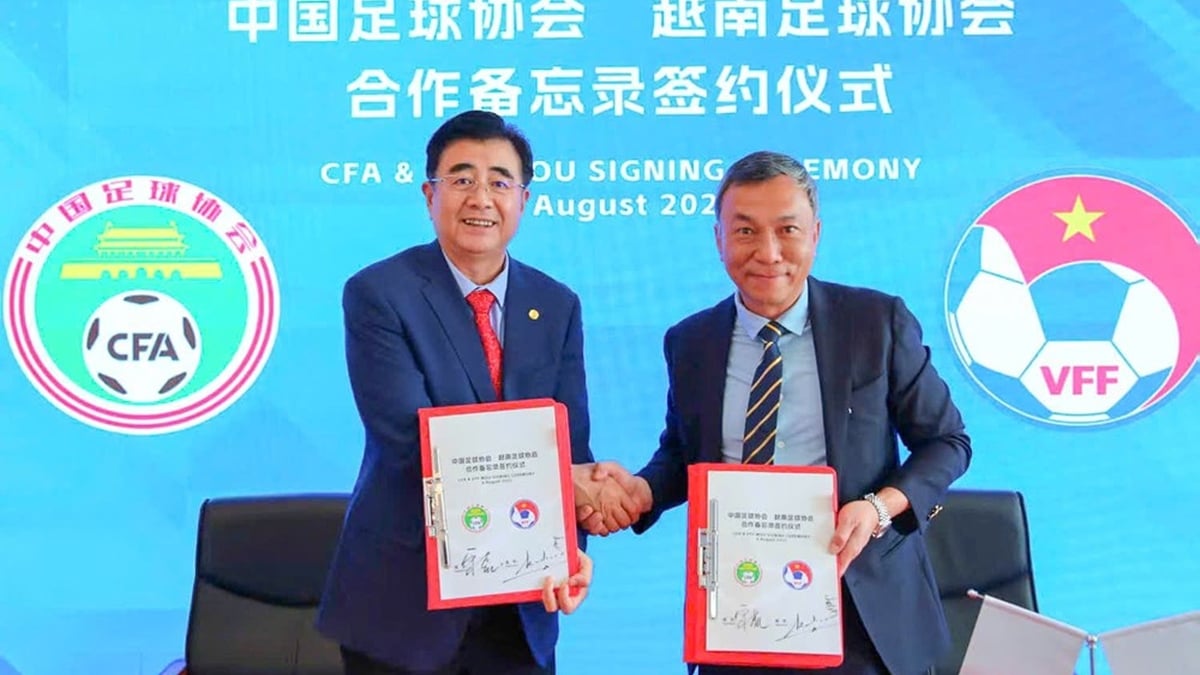
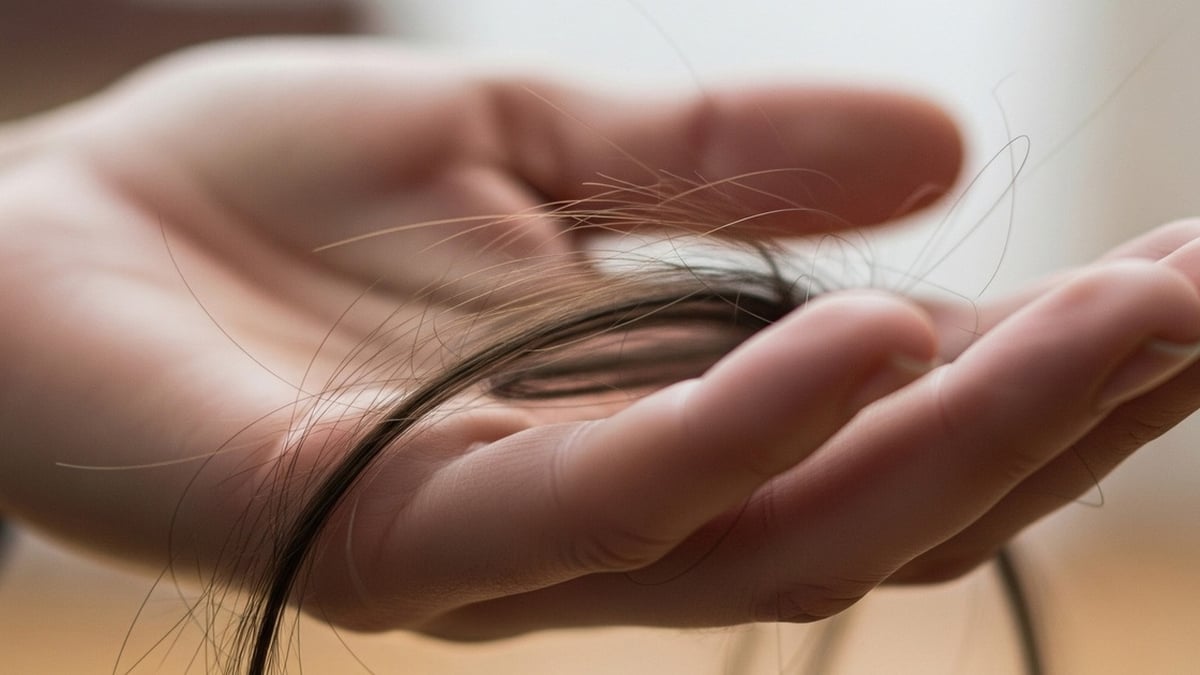
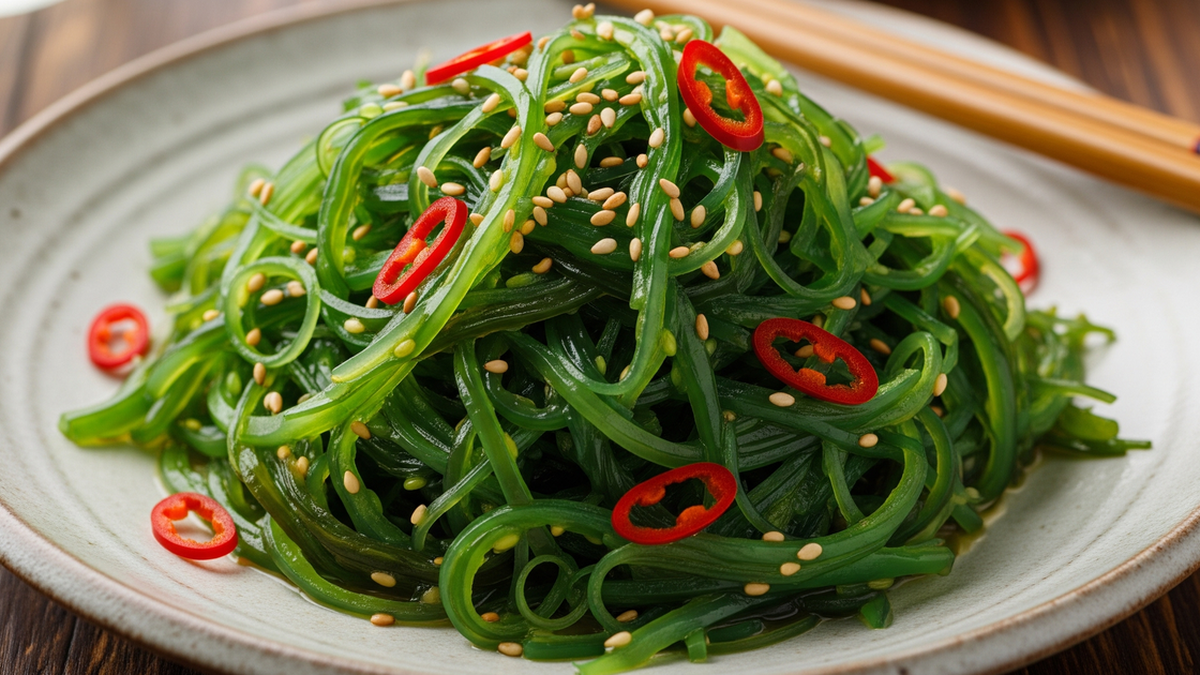
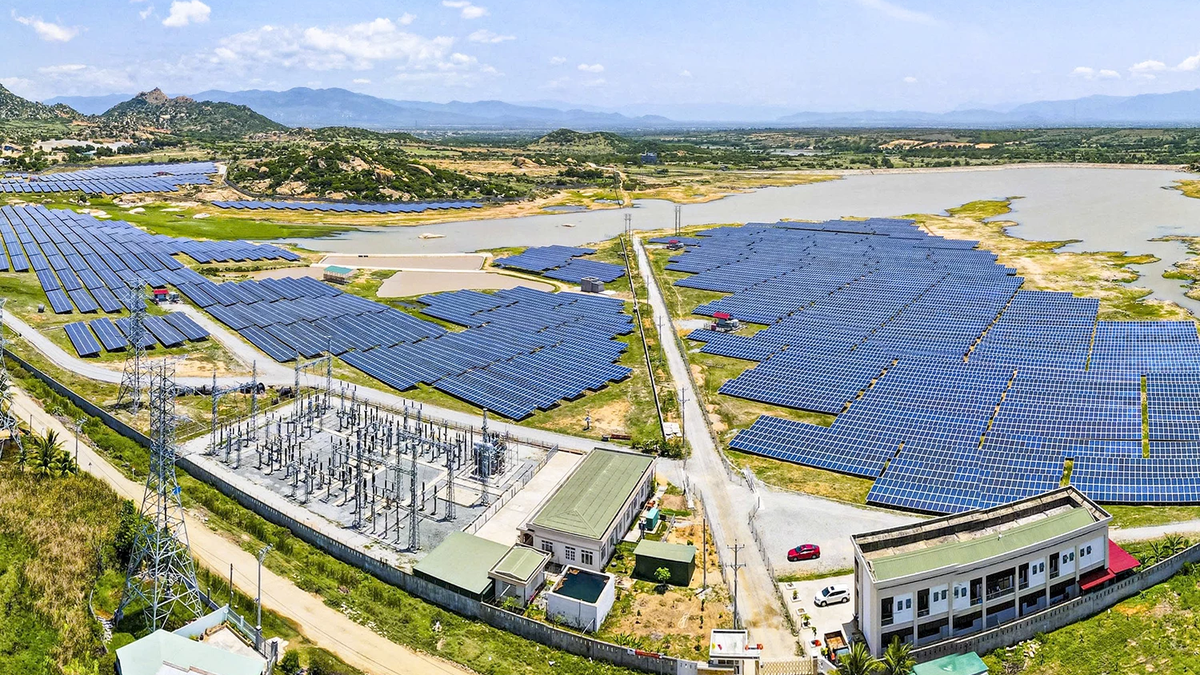



















![[Photo] Nghe An: Provincial Road 543D seriously eroded due to floods](https://vphoto.vietnam.vn/thumb/1200x675/vietnam/resource/IMAGE/2025/8/5/5759d3837c26428799f6d929fa274493)
































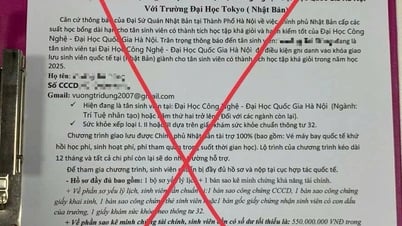


































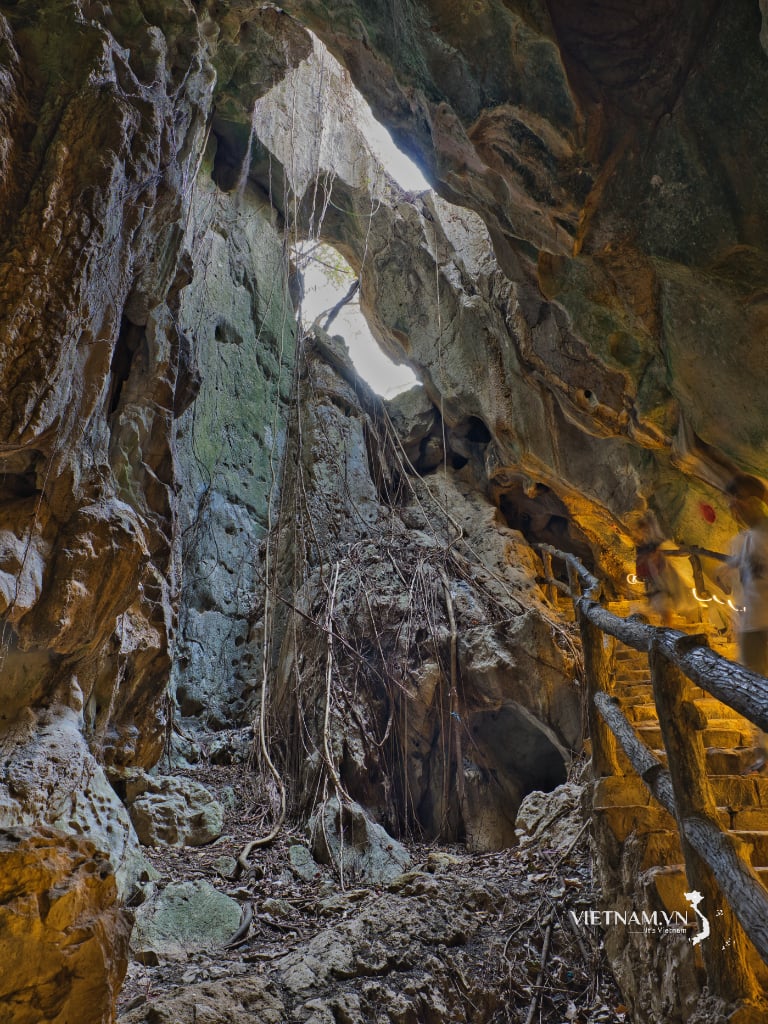

Comment (0)